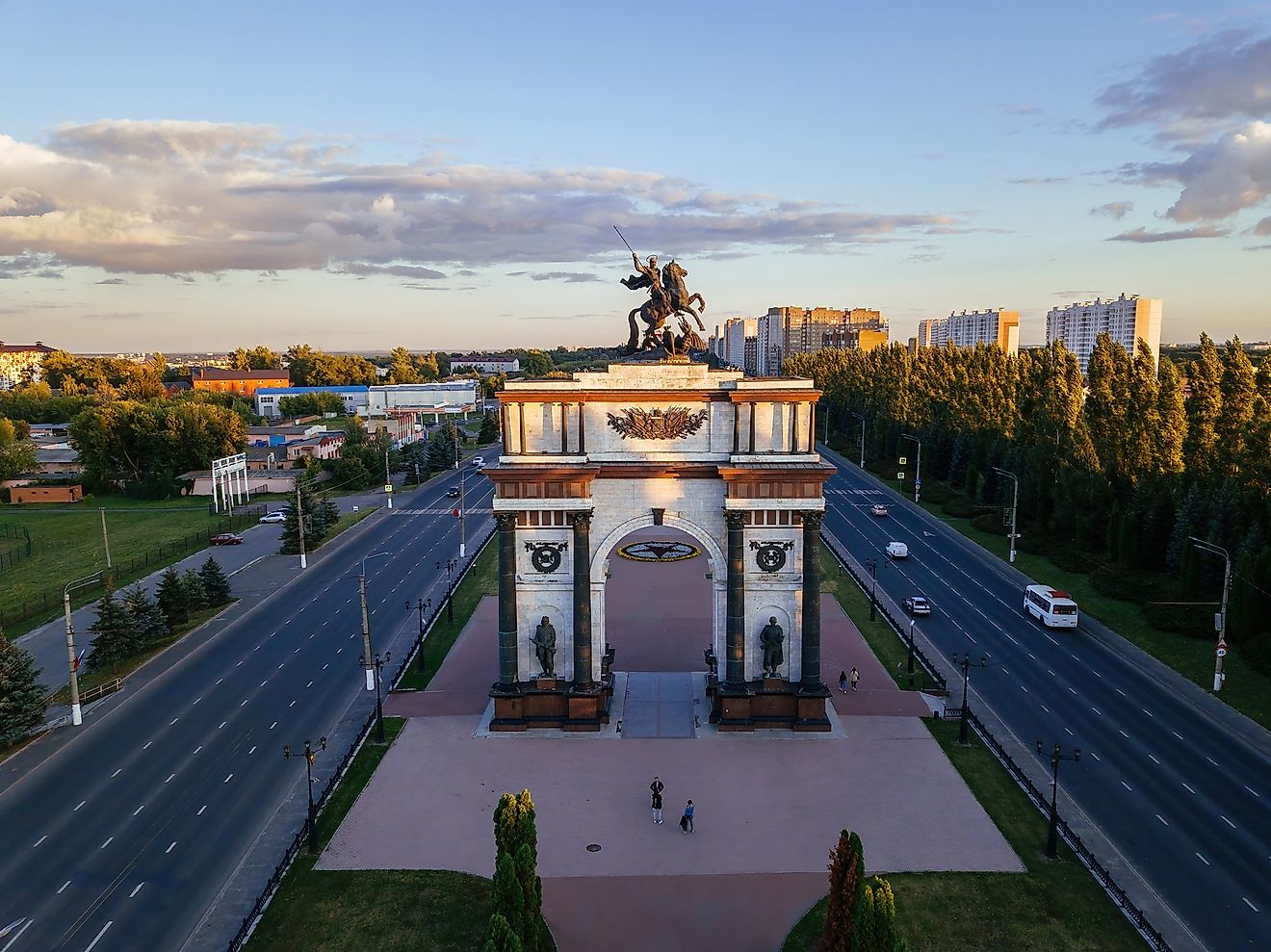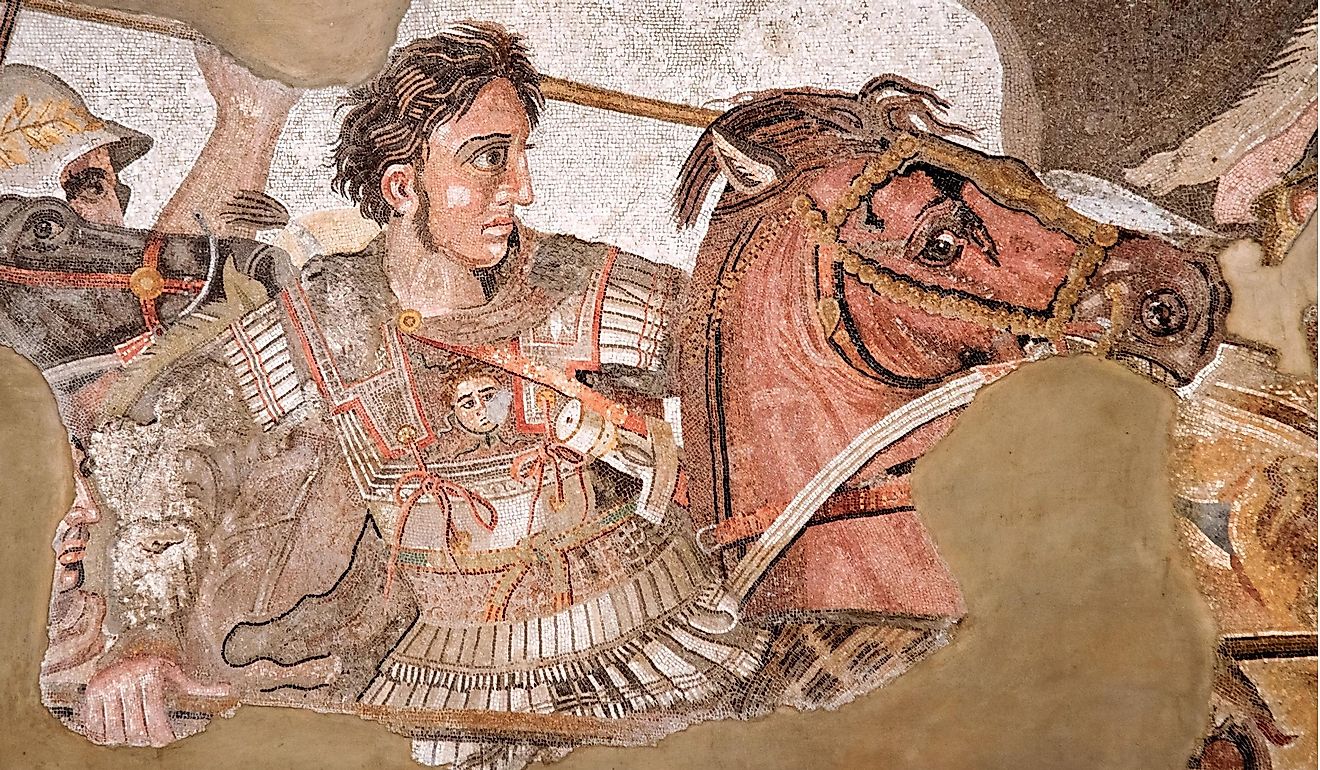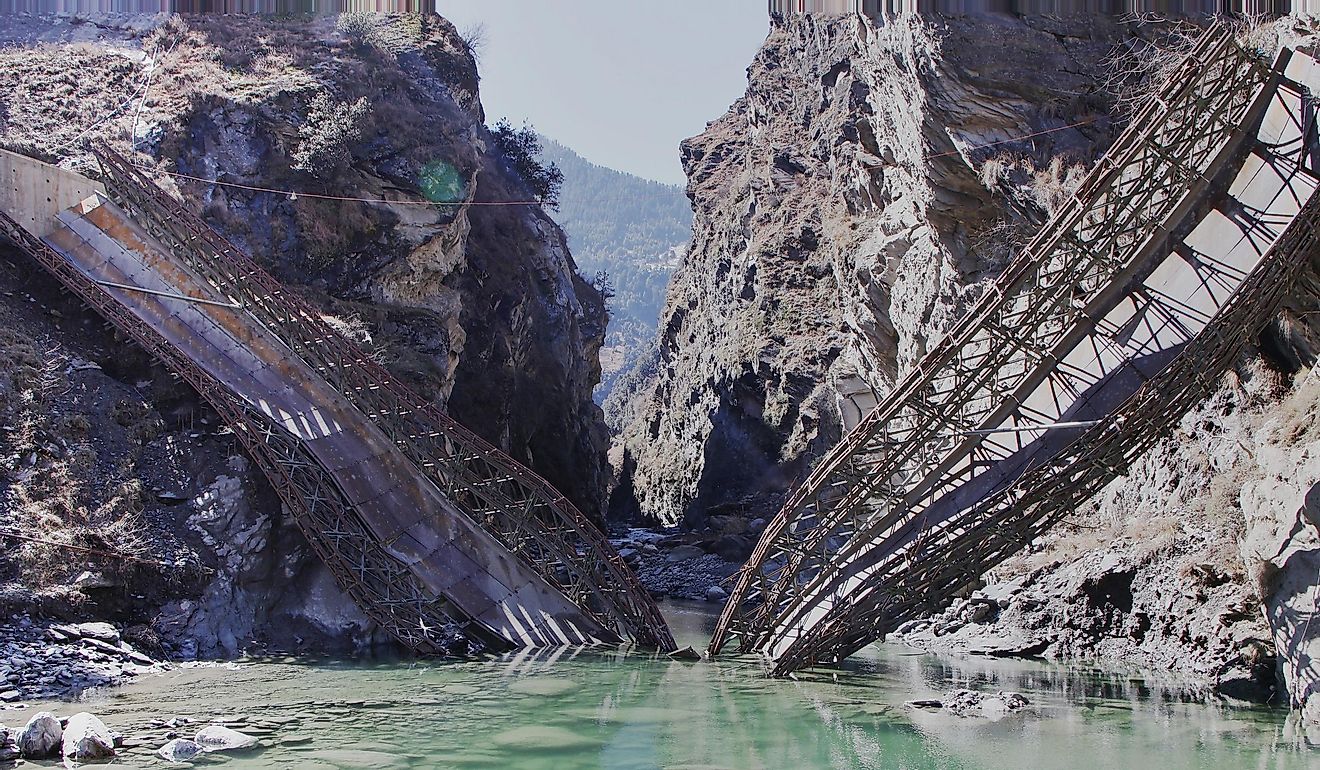
Aeolian Islands and Their Importance to Ancient Greece
Regarding historical Greek islands, Mykonos, Rhodes, and Crete are unabashedly in the limelight. The Aeolian Islands are lesser known, but they were just as impactful to Ancient Greece. Today, over half a million tourists scramble to this unique volcanic chain to soak in the Sun and bathe in Mediterranean history. To grasp the true essence of the Aeolian Islands, it is important to understand how their geological location and features made them vital to Ancient Greek society.
What and Where are the Aeolian Islands?

The Aeolian Islands, also known as the Lipari Islands, are a volcanic archipelago located in the Tyrrhenian Sea, north of Sicily, Italy. This group of islands takes its name after the demigod of the winds, Aeolus, from ancient Greek mythology. The archipelago comprises seven main islands: Alicudi, Filicudi, Lipari, Panarea, Salina, Stromboli, and Vulcano. These islands cover a total area of approximately 44.3 square miles and have a combined population of around 14,000 inhabitants.
The Aeolian Islands are of volcanic origin, and their formation dates back to about 700,000 years ago. The archipelago is home to two active volcanoes, Stromboli and Vulcano. Stromboli, known for its continuous and frequent eruptions, has earned it the nickname "Lighthouse of the Mediterranean." Vulcano, on the other hand, is famous for its therapeutic mud baths and sulfurous fumaroles. Moreover, Vulcano is the origin of the English word "volcano" because of its mythological association with the Roman god Vulcan.
The islands boast a rich history, with settlements dating back to the Neolithic period. Throughout history, they have been home to various civilizations, including the ancient Greeks, Romans, and Arabs, which have left their mark on the islands' culture and architecture. In 2000, the Aeolian Islands were inscribed as a UNESCO World Heritage Site, recognizing their unique geological features, biodiversity, and cultural significance.
Strategic Location

The Aeolian Islands' strategic location in the Tyrrhenian Sea was significant in their value to Ancient Greece. Positioned between the Italian mainland, Sicily, and the Mediterranean trade routes, the islands provided a natural harbor and resting point for Greek sailors and traders. This location allowed the Greeks to extend their maritime reach, facilitating trade, communication, and the spread of Hellenic culture across the Mediterranean region.
During the 6th and 5th centuries BCE, Greek colonization of the Aeolian Islands led to the establishment of settlements on the islands, particularly on Lipari. These settlements served as outposts, enabling the Greeks to monitor maritime traffic and control the surrounding sea routes. The islands' strategic importance also attracted the attention of rival powers, such as the Carthaginians and the Romans, who sought to challenge Greek dominance in the region.
Economic Resources

The Aeolian Islands offered valuable economic resources to the ancient Greeks, who exploited them to fuel their growing economy. The essential resources were obsidian, pumice, and sulfur, which the Greeks extracted from the islands' volcanic landscapes. Obsidian, a volcanic glass, was highly prized in the ancient world for its sharpness and durability, making it a sought-after material for tools and weapons. The Aeolian Islands were one of the primary sources of obsidian in the Mediterranean. Trade in this valuable resource contributed to the prosperity of the Greek settlements on the islands.
Pumice, was another critical resource, used in various industries, including construction and cosmetics. The lightweight, porous nature of pumice made it ideal for polishing and grinding, and civilizations highly valued it for producing materials like stucco and plaster. The sulfur deposits found on islands like Vulcano also held economic value, as sulfur was a crucial component in manufacturing various products, including medicines, dyes, and perfumes.
Mythology and Religion

The Aeolian Islands held a special place in ancient Greek mythology and religion, further contributing to their cultural significance. The islands were named after the demigod of the winds, Aeolus, who was believed to have lived on one of the islands and controlled the winds from his floating palace. This association with the wind god imbued the islands with an aura of mystique and divine power, attracting pilgrims and visitors from throughout the Greek world.
The islands' volcanic activity, particularly the frequent eruptions of Stromboli, was also a source of fascination and awe for the ancient Greeks. They believed that the fire god Hephaestus (Vulcan) had his forge on the island, using the volcano's fires to craft weapons and tools for the gods. This connection to Hephaestus attracted worshippers and led to the establishment of sanctuaries and religious sites on the islands.
Cultural Exchange

The Aeolian Islands served as a hub for cultural exchange between the ancient Greeks and other civilizations they encountered, such as the Etruscans, Phoenicians, and later the Romans. The islands' position along major trade routes allowed for a constant flow of ideas, goods, and people, resulting in a vibrant and diverse culture.
Greek settlers brought their language, art, architecture, and religious practices, which merged with the existing local traditions. This cultural exchange is evident in the archaeological remains found on the islands, including pottery, sculptures, and architectural fragments that bear the hallmarks of both Greek and indigenous influences. Furthermore, philosophers, poets, and scientists visited the Aeolian Islands and were inspired by their natural beauty and the atmosphere fostered by the presence of diverse cultures and traditions. This exchange of ideas and knowledge contributed to the development of scientific, artistic, and philosophical thought in the ancient Mediterranean world.
There are a lot of islands on the planet, and only a handful can claim the level of impact that the Aeolian Islands have achieved. Looks can also be deceiving for visitors who stroll the serene beaches and hike across unassuming hilltops. A trove of history awaits discovery in every corner of these seven islands.







